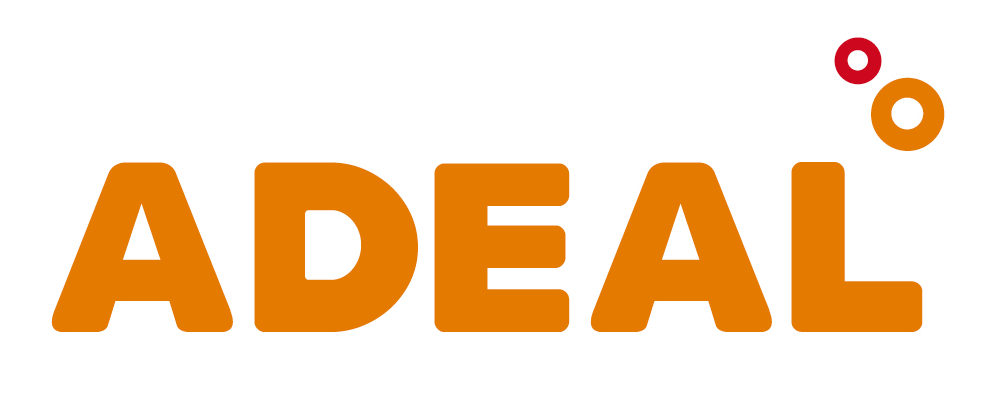Content
A Statement of Stockholders’ Equity is a required financial document issued by a company as part of its balance sheet that reports changes in the value of stockholders’ equity in a company during a year. The statement provides shareholders with a summary view of how the company is doing. It’s also used by outside parties such as lenders who want to know if the company is maintaining minimum equity levels and meeting its debt obligations.
- Your friends help you move into a new apartment, and you promise to buy them pizza in return.
- Learn about its different components and see examples of stockholder’s equity calculations and what they can mean.
- Companies may return a portion of stockholders’ equity back to stockholders when unable to adequately allocate equity capital in ways that produce desired profits.
- The statement of shareholders’ equity is a more detailed version of the stockholders’ equity section of a company’s balance sheet.
- For this reason, many investors view companies with negative shareholder equity as risky or unsafe investments.
The share capital represents contributions from stockholders gathered through the issuance of shares. It is divided into two separate accounts common stock and preferred stock. Shareholders’ equity may be calculated by subtracting its total A Deep Dive into Law Firm Bookkeeping liabilities from its total assets—both of which are itemized on a company’s balance sheet. A high debt-to-equity ratio generally means that in the case of a business downturn, a company could have difficulty paying off its debts.
Return On Average Equity Ratio Example
Balance sheets are displayed in one of two formats, two columns or one column. With the two-column format, the left column itemizes the company’s assets, and the right column shows its liabilities and owner’s equity. A one-column balance sheet lists the company’s assets on top of its liabilities and https://investrecords.com/the-importance-of-accurate-bookkeeping-for-law-firms-a-comprehensive-guide/ owner’s equity. The stockholders’ equity is only applicable to corporations who sell shares on the stock market. For sole traders and partnerships, the corresponding concepts are the owner’s equity and partners’ equity. Total liabilities consist of current liabilities and long-term liabilities.
For example, if a company reports a return on equity of 12% for several years, it is a good indication that it can continue to reinvest and grow 12% into the future. Assessing whether an ROE measure is good or bad is relative, and depends somewhat on what is typical for companies operating within a particular sector or industry. Generally, the higher the ROE, the better the company is at generating returns on the capital it has available. Adam Hayes, Ph.D., CFA, is a financial writer with 15+ years Wall Street experience as a derivatives trader.
Total Liabilities and Stockholders’ Equity
Investors should not substitute these materials for professional services, and should seek advice from an independent advisor before acting on any information presented. Read on to learn what it is, how it works, and how to determine a particular company’s stockholders’ equity. Stockholders’ equity is the value of a company’s assets that remain after subtracting liabilities and is located on the balance sheet and the statement of stockholders’ equity. Every accounting period, there are entries on the balance sheet that indicate an increase or decrease in this figure. In practice, most companies do not list every single asset and liability of the business on their balance sheet.
As owners, shareholders or stockholders are liable for sharing all the profits and losses of the company. Calculating stockholders equity is an important step in financial modeling. This is usually one of the last steps in forecasting the balance sheet items. Below is an example screenshot of a financial model where you can see the shareholders equity line completed on the balance sheet. Dividend payments by companies to its stockholders (shareholders) are completely discretionary.
What is debt-to-equity ratio?
When companies issue shares of equity, the value recorded on the books is the par value (i.e. the face value) of the total outstanding shares (i.e. that have not been repurchased). Shareholders’ equity is defined as the residual claims on the company’s assets belonging to the company’s owners once all liabilities have been paid down. Shareholders Equity is the difference between a company’s assets and liabilities and represents the remaining value if all assets were liquidated and outstanding debt obligations were settled. With this information, we can work our way backwards to figure out beginning stockholders’ equity. As a rule of thumb, if one of these changes would cause capital to increase, then we’ll subtract it from the period-end stockholders’ equity. The total stockholders’ equity for a given period represents the total at the end of the period.
